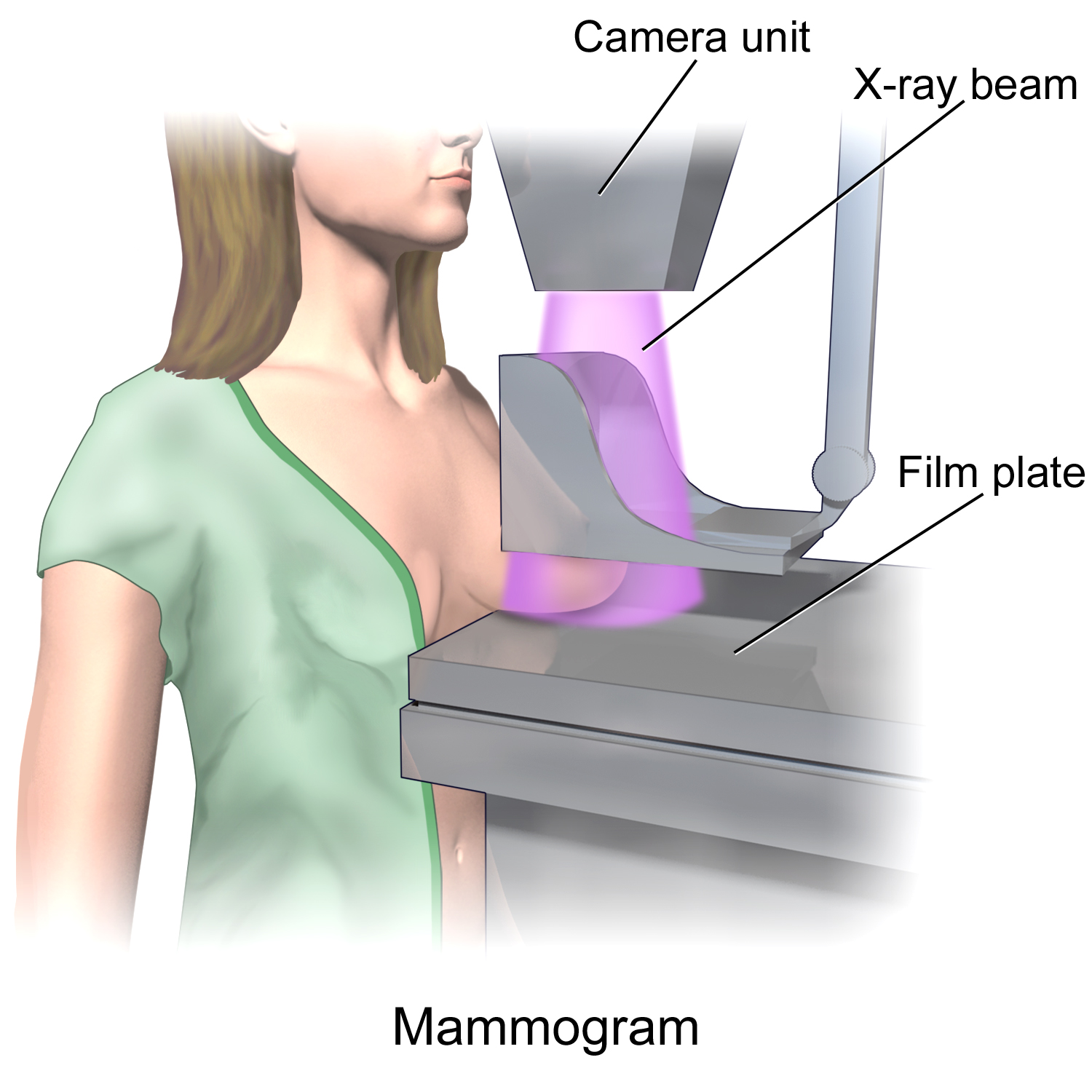What is Mammography?
Mammography is a specialized medical imaging technique that uses low-dose X-rays to examine the breast tissue for signs of cancer or other abnormalities. It is a critical tool for the early detection of breast cancer, especially in women over 40 or those with risk factors.
Uses of Mammography
- Early Detection of Breast Cancer: Identifying tumors or abnormalities before they become palpable.
- Screening for Asymptomatic Women: Used as a routine screening method for women with no apparent symptoms of breast cancer.
- Monitoring Breast Health: For women with a family history or genetic predisposition to breast cancer, regular mammograms help track any changes over time.
- Guiding Biopsy: Mammography can pinpoint the location of abnormal tissue, aiding in biopsy procedures.
Symptoms Requiring an Ultrasound
Although mammography is often a routine procedure, there are specific symptoms that may warrant its use:
- Lump in the breast
- Unexplained changes in the size or shape of the breast
- Persistent pain in the breast area
- Nipple discharge or skin changes around the breast or nipple
- Family history of breast cancer
Procedure
- Preparation: No special preparation is needed, but patients should avoid using deodorants or powders on the day of the procedure as they can interfere with the images.
- During the Procedure: The patient will be asked to stand in front of the mammogram machine, and each breast will be compressed between two plates to spread out the tissue for clearer imaging.
- Post-Procedure: After the mammogram, the radiologist will examine the images to detect any abnormalities.
Advanced Techniques in Mammography
- Digital Mammography: Uses digital sensors instead of X-ray film to capture images, offering clearer and more accurate results.
- 3D Mammography (Tomosynthesis): Provides three-dimensional imaging, which improves the detection of small tumors and reduces false positives.
- Contrast-Enhanced Mammography: A newer technique that combines mammography with the injection of a contrast agent to enhance the detection of breast cancer.
Why Choose India for Mammography?
India has become a leading destination for affordable and high-quality mammography services. With advanced diagnostic technology and expert radiologists, India offers effective breast cancer screening solutions for women globally.
- Affordable: Mammography in India is highly cost-effective compared to many Western countries, making it an accessible option for regular screenings.
- Expert Radiologists: India has skilled radiologists who are trained in advanced mammography techniques to ensure accurate diagnosis.
- Advanced Technology: State-of-the-art mammography machines and digital imaging technology are widely available in leading hospitals and diagnostic centers across the country.
Why Choose Healtour Solutions for Mammography?
- Experienced Healthcare Partners: Healtour Solutions connects you with the best diagnostic centers and hospitals in India, ensuring high-quality mammography services.
- Comprehensive Care: From diagnosis to treatment and follow-up, we provide a complete package for breast health management.
- Affordable Services: Our partnered centers offer competitive pricing without compromising on the quality of care.
- Personalized Support: We assist with every step, from scheduling your procedure to helping you with travel arrangements and post-procedure care.
Cost of Mammography in India
The cost of mammography in India ranges from INR 1,000 to INR 8,000 (approximately USD 12 to USD 100), depending on the type of mammogram, the facility, and the region. Digital and 3D mammography tend to cost slightly more but provide more accurate results. This is a significantly more affordable option than in many Western countries.
Factors Influencing the Cost:
- Type of mammogram (digital, 3D, contrast-enhanced)
- The facility or hospital where the procedure is done
- Location of the facility (metro cities may have slightly higher costs)
- Additional services, such as consultations or follow-up imaging
Benefits of Mammography
- Early Detection of Breast Cancer: Increases the chances of successful treatment through early detection.
- Reliable Diagnosis: Offers a detailed and clear image of the breast tissue, allowing doctors to make accurate assessments.
- Prevention: Helps monitor women with a family history of breast cancer or other risk factors, potentially preventing the development of the disease.
- Peace of Mind: Regular mammograms help reduce the fear of breast cancer through timely checkups.
Post-Procedure Care
- Results Interpretation: A radiologist will review the mammogram images and share the results with you. If abnormalities are found, further tests or a biopsy may be recommended.
- Follow-Up: Depending on the results, additional imaging, or clinical exams may be needed.
- Self-Care: Avoid physical strain or tight clothing around the chest area after the procedure.
Frequently Asked Questions (FAQs)
- What age should I start getting mammograms?
Women should begin getting mammograms at age 40, or earlier if they have a family history of breast cancer or other risk factors.
- How often should I get a mammogram?
Women should have a mammogram every 1-2 years, depending on their risk factors and doctor's recommendations.
- Is mammography painful?
Some discomfort is common due to the breast compression during the procedure, but it is typically brief and tolerable.
- Are there any risks associated with mammography?
The main risk is exposure to a small amount of radiation, but the benefits of early detection outweigh the risks.
- How accurate is mammography?
Mammography is highly accurate, especially in women over 50. However, it may be less effective in women with dense breast tissue.
- Can mammography detect all types of breast cancer?
While mammograms are very effective in detecting most breast cancers, some tumors may not show up, especially in younger women or those with dense breast tissue.
- Do I need to do anything special before my mammogram?
Avoid using deodorant or powders on the day of the procedure as they can interfere with the images.
- How long does the mammogram take?
The procedure typically takes about 20-30 minutes, including positioning and imaging.
- Will I be able to see the results immediately?
The radiologist may give you initial feedback, but full results are usually available within a few days.
- Can I have a mammogram if I’m pregnant or breastfeeding?
Mammography is generally not recommended during pregnancy unless absolutely necessary. Women who are breastfeeding may have dense breast tissue, which can affect the results.




